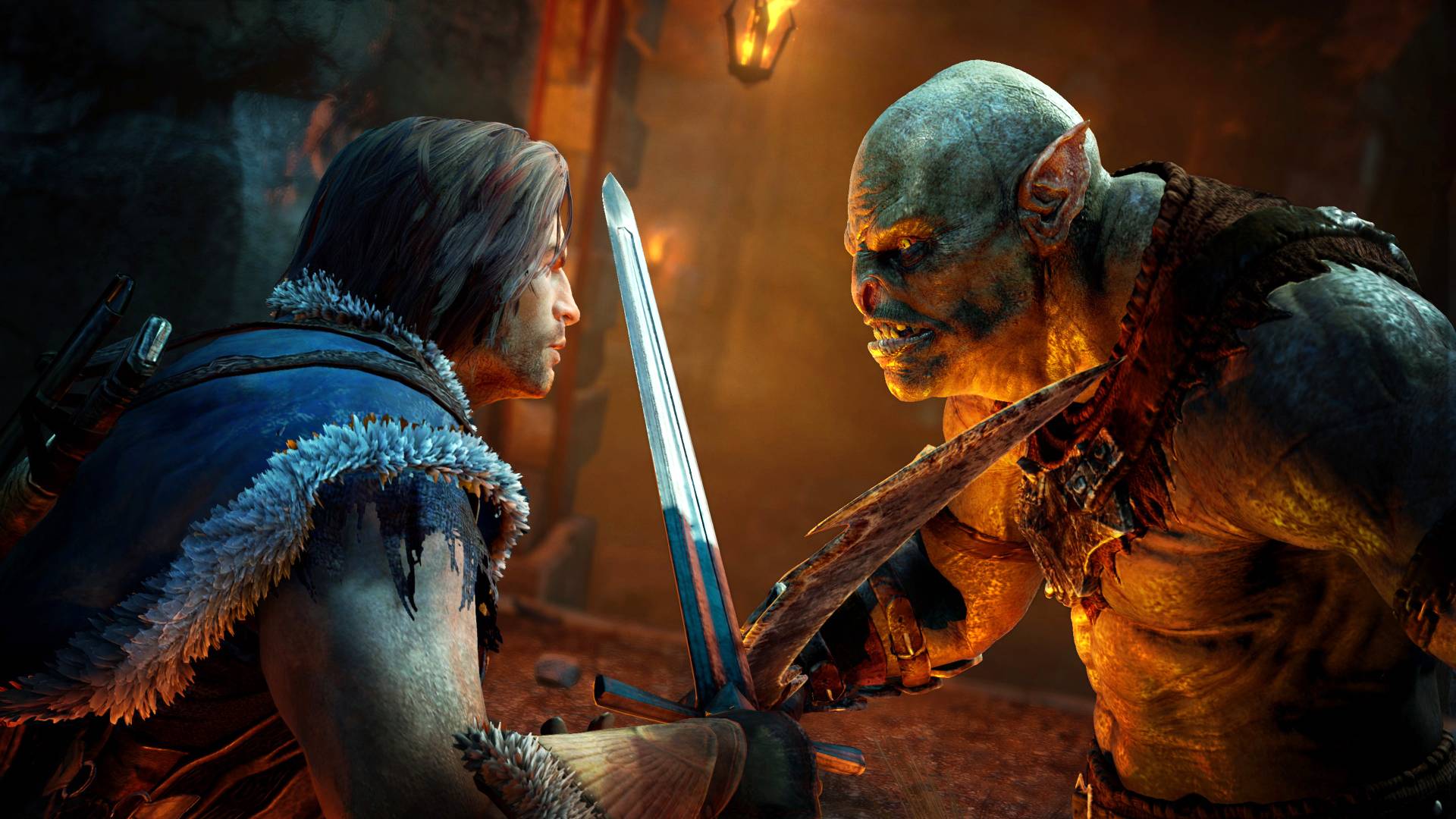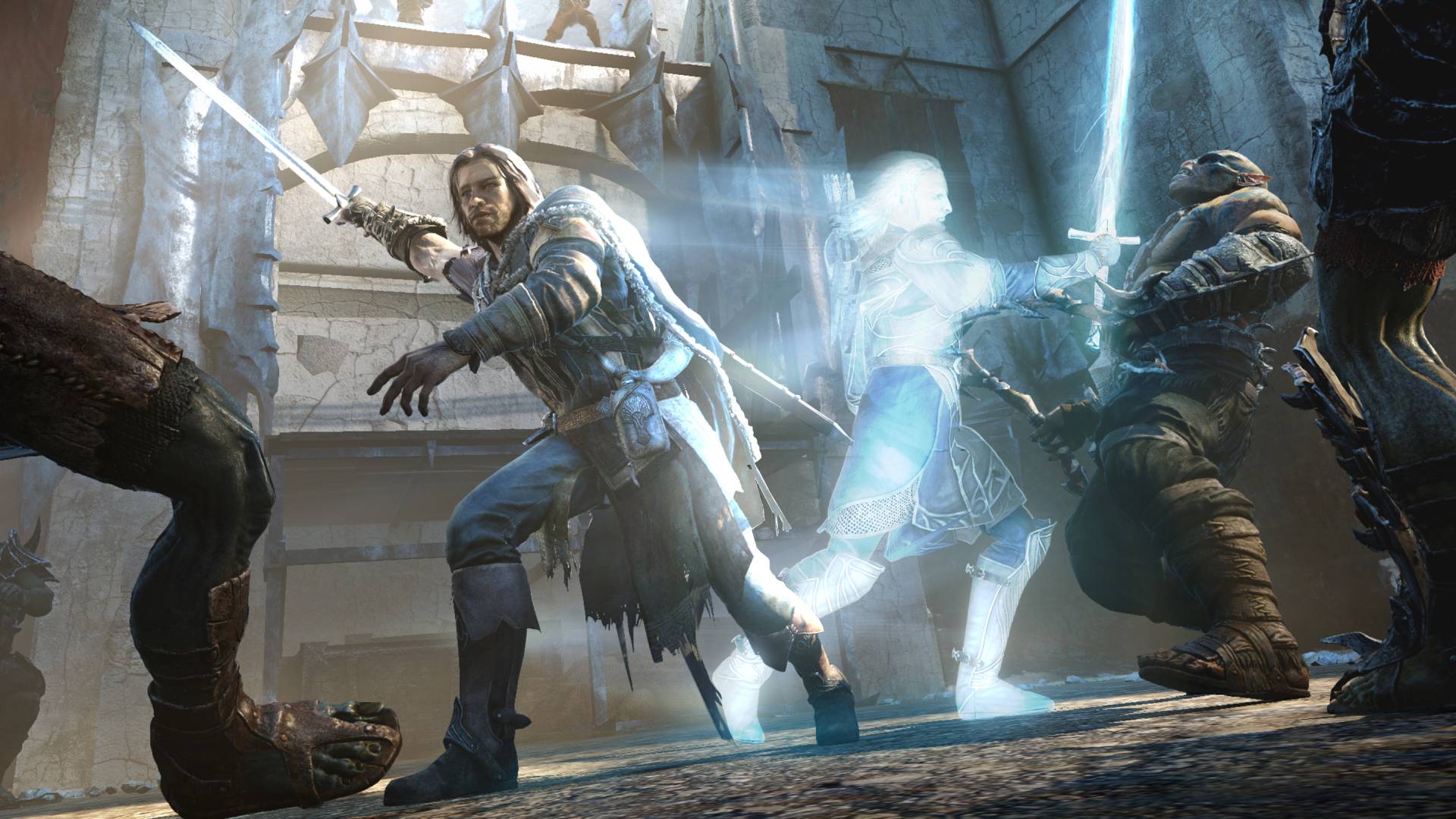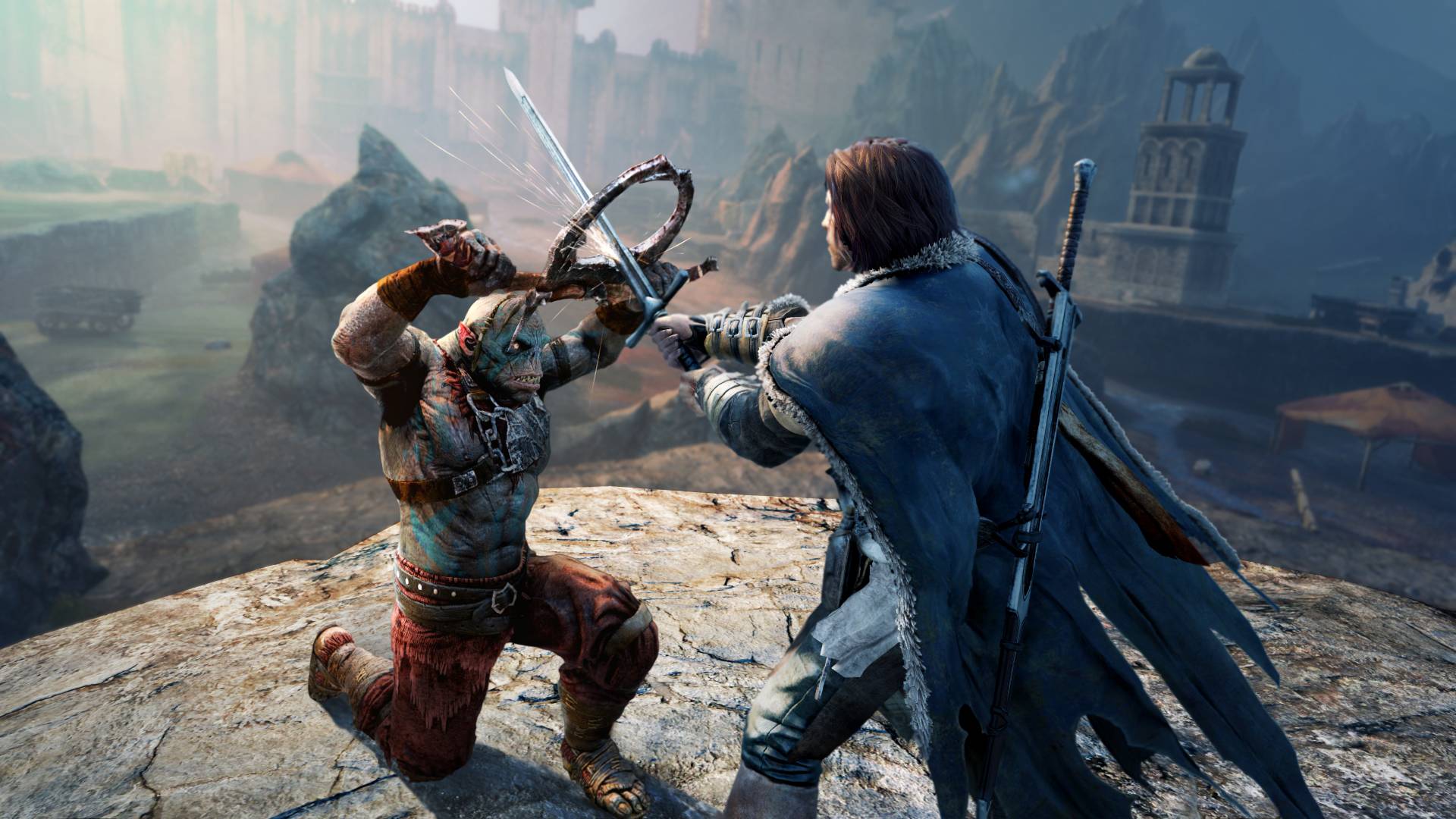Shadow of Mordor shows that the best way to respect Lord of the Rings is to break it
Canon fodder

The Lord of the Rings: The Rings of Power walks an unenviable line between the source material of J.R.R. Tolkien’s published works and adapting his stories to the rules and needs of the screen. And while closely following the path laid down in Tolkien’s pages may seem like the best course, Middle-Earth: Shadow of Mordor showed that sometimes the best way to respect the source material is to break it.
The Lord of the Rings: The Rings of Power is a prequel, not just to the films but also to Tolkien’s books – though not the Silmarillion, as Amazon didn’t buy the rights to those stories. And while it does borrow its pre-Hobbit Second Age setting from Tolkien’s appendices, the show doesn’t shy away from taking liberties. Amazon’s series resurrects characters, creates quests that weren’t in the books, and gives powers to objects that Tolkien explicitly ruled out. Between being described as a “litany of sins” against the Tolkien Bible and racist review bombing, Rings of Power has had a conflicted launch. Though, millions of viewers have taken the chance to spend more time among the dwarves, elves, and men of Middle-Earth.
But if The Rings of Power has Tolkien spinning in his grave, Monolith Productions got him to dance first.
Fought the lore

Set between the events of The Hobbit and The Lord of the Rings, in Middle-Earth’s Third Age, Monolith’s Shadow of Mordor and its sequel, Shadow of War, exist outside of Tolkien’s writing. None of the events in the games impact the story of the books that precede or follow. You play Talion, a ranger who, thanks to a failed summoning ritual becomes connected to the soul of Celebrimbor, an Elven Smith from Middle-Earth’s Second Age. While Talion was created by the game developer, Celebrimbor is a key part of Tolkien’s fiction.
Celebrimbor, famed jewel-smith of the Second Age, forges the Rings of Power that topple Middle-Earth into hundreds of years of conflict. And, while he isn’t directly mentioned in the films, Celebrimbor, is alive and well in Amazon’s Rings of Power series, making Shadow of Mordor’s Third Age posthumous tinkering all the more compelling.
Both show and game tie-ins flesh out the broad brushstrokes of Celebrimbor’s tale, tackling his past and future across different mediums. Introduced in Tolkien’s obscenely detailed Silmarillion, he was born during the First Age into the Noldor Elves. His grandfather Feanor was responsible for the cursive squiggles around the One Ring, also known as the Tengwar script.
In the Second Age, Sauron, in the guise of handsome Annatar, taught Celebrimbor the world-shaping art of ring-making. He snuck dark binding magic into the rings, which he would later use to his advantage with the One Ring. Once Sauron wore the One Ring, the ruse was off. Celebrimbor was tortured by Sauron and is killed after he reveals the locations of the Rings of Men and Dwarves.
Get daily insight, inspiration and deals in your inbox
Sign up for breaking news, reviews, opinion, top tech deals, and more.
Sauron then uses the nine Rings of Men to twist and warp their owners into the deathless Nazgul, and the seven Rings of Dwarves turned its bearers greedy. Only the Elves are spared, untouched by Sauron, they remain a benevolent force of good as intended. As far as Tolkien was concerned, Celebrimbor died, but Monolith had other ideas.
Ring of truth

Bringing Celebrimbor to life is one thing, but crafting a narrative of revenge that respects his near-divine heritage isn’t easy. Dead elves canonically end up in Valinor’s Halls of Mandos, and while a curse does prevent Celebrimbor from heading there, I don’t have the answer to how Celebrimbor’s soul ends up with Talion a whole Age later. Hoodwinked by dark sorcery gone wrong, I suppose.
Monolith Productions’ stab at Middle-Earth plays hard and loose with its established lore, but this canon-be-damned approach birthed a playground that breaks Tolkien’s unwritten rules only to strengthen them. Celebrimbor’s wrath against Sauron and his orcs may tie the games’ narratives into Tolkien’s world, but the human character Monolith created fits neatly into the fantasy.
Unyielding Talion doesn’t appear in Tolkien’s books, and yet he embodies the spirit of man, the spirit that refuses to break in the face of Mordor’s sweeping dark tide. Talion holds the line, even compelling orcs to fight by his side. Talion uses the same corruptive power in the rings to brand orcs into joining him – it’s his enemy's weapon, but he is willing to fight dirty in his battle with Sauron. It shows us a side of Middle-Earth’s humans that we don’t in the books. Aragorn becomes the paragon of honor, his integrity demanding respect and a place leading humanity away from the corruptive influence of the rings. When Talion is done with his fight, he will not have a place in the world he is trying to save.
The Middle-Earth games showed may have brought a character back from the dead, like the Rings of Power, it may have given characters a quest that wasn’t in the books, and it may have given objects powers that weren’t in Tolkien’s stories, but it left us with a new window and appreciation for the world the fantasy writer created. Hopefully, we’ll one day be able to say the same thing about Amazon’s TV series.

Antony is a freelance contributor at TRG. His writing warps from shooters and strategy games to fiction (to-do lists). Antony's words have found a home across sites like IGN, Rock Paper Shotgun, and Kotaku AU. You'll spot him thriving at both chaotic LAN parties and silent libraries. Or on Twitter.